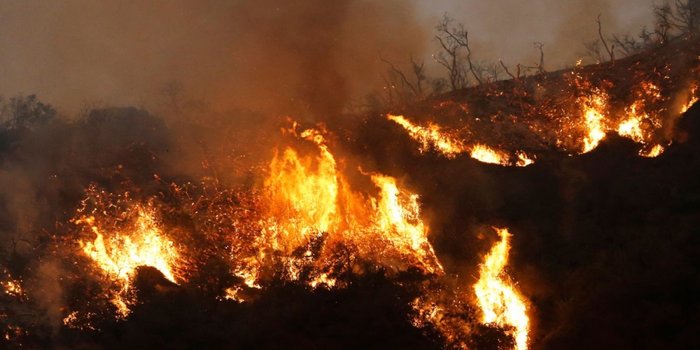
Apr 24, 2019 | Events
Preparing for disaster includes preparing for what follows when your employees and community most need you to be open for business.
Disasters can strike businesses at any time and take almost any shape: A flood takes out a startup’s servers. A founder is imprisoned. A tornado destroys the office building. Whether it’s a natural disaster, a PR scandal or something else altogether, not being ready can add another level of devastation to an entrepreneur’s life.
I know this firsthand. My company, ONTRAPORT, endured the Santa Barbara fires and aftermath that started in late 2017 and ravaged into this year. We also had shifts on our accounting team that resulted in me trying my hand at accounting (not my forte). Needless to say, 2018 has been a year of unexpected change and destruction — both of my team’s physical surroundings and our “usual” way of doing things.
Alongside our CEO, Landon Ray, I debated: “What do we do as leaders of this company and leaders in our community?” It all boiled down to a question that wasn’t so simple to answer: What kind of emergency preparedness should you have in place so when stuff hits the fan, you’re ready to execute?
Stuff hits the fan
The fires and mudslide in Santa Barbara were crazy acts of nature that resulted in evacuations as people’s health was put at risk with the toxic air. Twenty-three people died in what’s been called “the worst disaster in Santa Barbara history.” It was a scary and traumatic experience as people were spread out, unsure of the status of people they cared about.
Before we knew how bad things were going to get, we still knew that the only way to keep our company up and running was by being proactive. We’d created an emergency plan years ago, so when the fires started, I immediately pulled the plan out at 6 a.m. because I had already lost power at my house and knew we were going to lose power in the office. We weren’t in the evacuation area yet, but we needed a generator before they sold out.
We made sure to buy the right masks for everyone after we researched how to stay safe with declining air quality. Unlike most homes in Santa Barbara, our office had air conditioning, so we ordered HEPA filters. And when we realized that wasn’t going to be enough because the air quality had become hazardous, we rented a ranch in Los Osos, two hours away. At that point, we evacuated and couldn’t return to the office. We told people to work where they could — about half came to the ranch, while the rest went to other areas with their families and loved ones.
When safe places no longer feel safe.
We heard stories from others in the area that their employers wouldn’t pay them because they couldn’t work. I get that this was an emergency, and business owners have to make business decisions. We also had some employees who couldn’t work: Our coffee and meal program employee couldn’t take care of people’s food because they weren’t in the office.
In the same vein, our childcare center wasn’t taking care of people’s kids, but we knew that, just like our meal program provider, we had to pay them so they could in turn pay rent. Those are the decisions you have to make as an employer; they go a long way toward building trust with people. Treating people well isn’t just a short-term investment but a long-term one, too. We wanted people to feel really taken care of.
And that applied to the employees who could still work as well. We set the ranch up with Wi-Fi, VPN, laptops and docking stations. We tried to close every loophole that could prevent us from offering customer support, prevent our marketing team from implementing campaigns or stop our engineers from fixing bugs or working on the development of new features on schedule.
How to prevent a disaster from getting bigger
Not every employer can move things around the way we did — but a lot of entrepreneurs can do better than they’re currently planned for. It’s all about remaining thoughtful in how you handle the disaster facing you, and there are some smart ways to do that.
1. Make your priorities known.
The only thing more demoralizing for employees who are going through a situation of disastrous proportions is feeling as if they’re means to an end. Servers, process documents and computers can all be replaced; people can’t be. Make it clear that their safety is the most important thing.
We sent daily morning and evening emails or messages through our ONTRApeeps social media community to keep everyone connected and make sure people were safe. Every day, we also sent updates on the fire situation based on the information we were receiving so our team knew we were staying informed on a situation that directly impacted their lives and livelihood.
2. Plan ahead to stay open.
While some businesses are built to be hands-on entities — say, massage therapy or tutoring services — most entrepreneurs can make plans to keep working when disaster strikes. We proactively placed our servers for customer work in different locations so customers wouldn’t see disruptions, and we created redundancy with Amazon and Google Web Services. Creating tech stopgaps can save your business.
3. Look at what your state provides.
Our state had disaster recovery funds, and employees who didn’t get paid could apply for unemployment during that time. Knowing what state benefits are available can be life-saving for both your business and your employees. Go the extra step to prepare the paperwork for affected employees so they can simply submit it if they’d like to access the benefits. Be informed ahead of time.
4. Always have three people who know how to do a job.
Not every entrepreneur has three employees. However, every entrepreneur can ensure processes are documented so anyone can follow them. When we ran into issues on the accounting side, many employees asked if they could help, but because some processes weren’t documented, we couldn’t take them up on their offers. Enforce documentation updates — if you don’t, you’ll be the one cleaning up the debris.
5. Do what you can to help.
Our company did Valentine’s Day candy grams as a fundraiser for affected families, raising several hundred dollars through people buying handmade cards from our HR team. We went together to dig out houses and hosted a bucket brigade of 300 people at our office to show our support. We couldn’t afford to provide housing or write huge checks, but we did what we could.
No one is immune from disaster, but everyone can prepare for disasters so their impact is limited. Entrepreneurs have a lot to lose when disaster strikes, and not being ready ensures that the devastation takes on new proportions. Planning ahead for the inevitable will save not just your sanity, but also your company.
Source: Entrepreneur
Author: Lena Requist
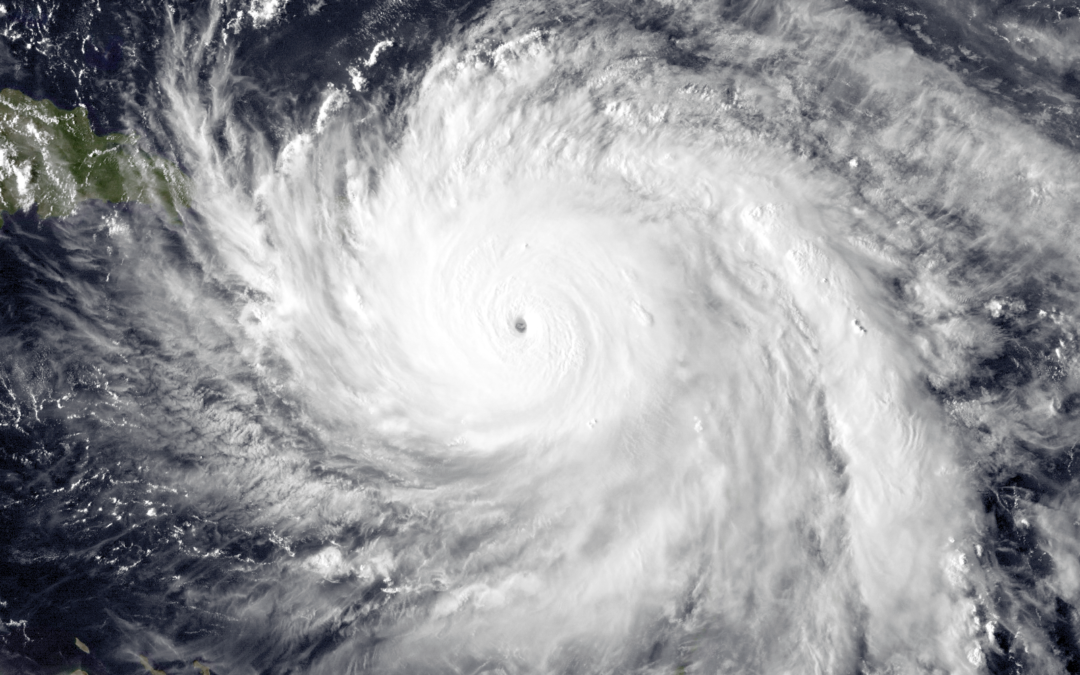
Sep 26, 2018 | Events
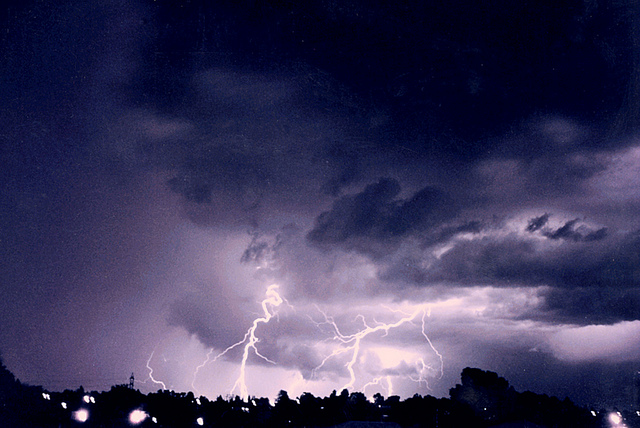 As we’ve seen with the recent Kilauea volcanic eruption and last year’s catastrophic hurricane season, natural disasters are becoming more frequent and dramatically more powerful. In fact, NOAA recently reported that weather and climate disasters reached an all-time high in damage costs within the United States, exceeding $300 billion in 2017.
As we’ve seen with the recent Kilauea volcanic eruption and last year’s catastrophic hurricane season, natural disasters are becoming more frequent and dramatically more powerful. In fact, NOAA recently reported that weather and climate disasters reached an all-time high in damage costs within the United States, exceeding $300 billion in 2017.
In the face of these increases, companies have a social responsibility to maintain a strong disaster recovery strategy. How can your company prepare to combat the risks from these seemingly unpredictable events? Implementing a proactive risk management approach can help companies better prepare themselves, their employees and their communities to minimize damage and loss in the face of these destructive events. But these strategies cannot simply be created when a natural disaster strikes. As with anything, careful planning before a catastrophe happens is vital to the continued health and success of a business.
When developing these strategies, it is imperative that both pre- and post-disaster planning is included in the mix, as each plays a critical role in ensuring your ongoing operations.
Maintain a pre-event strategy
It’s important to remember that when a natural disaster strikes, there are both direct and indirect costs to a company. How you plan and address these costs can either save or destroy your business.
With today’s technology, we have the ability to monitor most natural disasters and maintain a better idea of when and how hard they will hit. This isn’t always the case, however. While hurricanes can take time to form before making landfall, oftentimes tornadoes and wildfires happen overnight, making it critical to have disaster plans in place before a disaster strikes.
There are three main areas companies should consider when creating a preemptive disaster strategy: 1) supply chain, 2) employees and 3) business infrastructure.
Maintaining a timely and accurate risk strategy for your company and your employees is incredibly important to protect all of these assets. First, it can help protect your supply chain by providing time to divert your supply chain operations from problem areas.
Additionally, it is imperative to be mindful of conditions affecting your various suppliers and how their potential risks can affect your operations. Armed with this knowledge, you can proactively develop supply chain diversion strategies to maintain efficiency and production. While you may not have the threat of a natural disaster, one of your largest suppliers might. So think ahead, make a backup plan and monitor both your own operations and those of your supply chain.
As we all know, employees are central to each and every business. An established risk mitigation strategy will include notifying employees so they have time to protect themselves and their family. It can also help management decide if and when to send employees home to help keep them safe.
Finally, a preemptive strategy needs to consider the effects of a disaster on business infrastructure. How will you prepare your building and operations for the threat of a flood or tornado? Do you have access to the proper reinforcements and equipment to accomplish these preparations? A well-established pre-event risk management strategy can help with these issues and also minimize damage so that you are not left picking up the pieces of what could have been a protected building or warehouse.
Implement a proactive post-event strategy
When developing a post-event disaster plan, the best strategy is to think long-term, as short fixes are just that—short fixes.
Consider the upstream impact of the disaster. Damage to raw materials and supplier areas can amount to huge indirect costs. So how can you avoid this? One way is by ensuring your pre-event plan is efficiently put into effect and is able to redirect any necessary supplies. It is also imperative to have a successful remediation strategy in place to recover from the effects of a disaster for both your operations and those of your supply chain. Be prepared to re-establish your supply chain and be sure it is completely intact post-disaster.
Many disasters also have long-lasting impacts that cause companies to have a lengthy rebuilding process. Have a plan for secondary supply chain options to ensure ongoing operations in case a supplier is out of service for a longer period of time. The problems don’t end when the disaster ends, so be sure to build out contingency plans for your operations through the potential recovery months.
Your post-event remediation strategies must also consider your physical office environment. Ensure there is a plan to check that equipment is operational and know how to repair or find replacement equipment to get operations up and running as soon as possible. Focus on rebuilding the business ecosystem from the supply chain, to operations, to your employees.
Finally, consider how you will get your employees back to work, and not just for the immediate future. Invest in your employees, and they will invest in you. After natural disasters, your employees could be facing damaged or destroyed homes, the loss of loved ones and even personal injuries. Look at what the company can do to help ensure their well-being so that they are willing and able to return to work.
Inevitability doesn’t have to mean susceptibility
Regardless of location, natural disasters are going to occur that affect you and your business to some extent. That is a fact of life. But it doesn’t necessarily mean that your company is susceptible to the significant damages and costs associated with these disasters.
Maintaining open lines of communication with your leadership and employees will help you develop and implement a strategic plan before and after nature takes its course. As we face the upcoming hurricane season and other inevitable disasters, it is better to mitigate the risks and susceptibility so that your “in case” plan doesn’t become “we should have.”
Source: Risk Management Monitor
Author: Quin Rodriguez
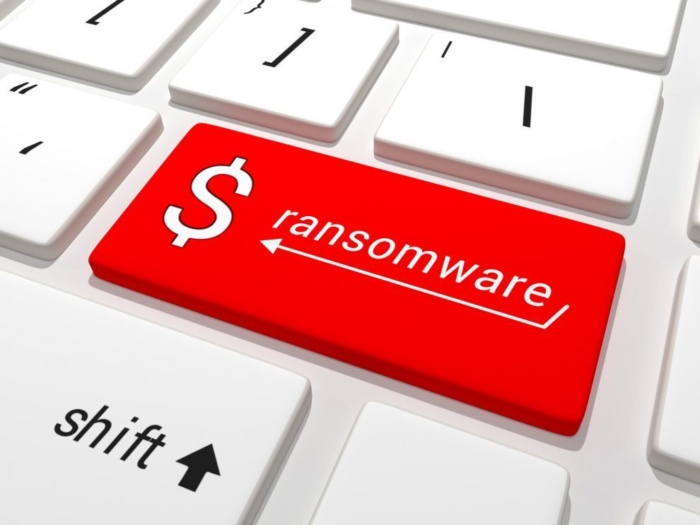
May 15, 2018 | Events, Informative, RIsk Management News
Recently, I had the chance to spend some time at Walt Disney World in Orlando, Florida, when I attended the NAMIC conference in February. One session included a presentation by Barry Dillard, director of claims for Walt Disney World, where he shared the company’s approach to handling a wide variety of claims.
I sat down with their vice president of risk management to learn about some of the strategies they employ, and I had the opportunity to tour Walt Disney World itself to peek behind the curtain and see how this massive theme park creates the magic for its guests and cast members, while keeping everyone safe.
Believe it or not, the Walt Disney World Resort covers 40 square miles and is twice the size of Manhattan. Within its confines, this world-class attraction employs 75,000 cast members, each of whom play a critical role in spreading the Disney magic. Their emphasis on safety is both taught and caught, which is especially important when serving the millions of guests who visit the Disney attractions around the world.
The Walt Disney Company is extremely proactive in their risk management strategies — it truly is everyone’s responsibility — not just the realm of those at the corporate level. As is often the case in life, the simplest things can make the biggest difference. Merely walking the parks, hotels, shops and restaurants can yield valuable information, allowing cast members to identify small issues before they become larger ones. Even in one of the most magical places on earth – reality tends to intrude.
Unexpected risks arise every day and training plays a key role in mitigating them. Hackers are constantly devising new ways to access company information or hold it for ransom. The use of ransomware is expected to increase 350% this year, so being vigilant and backing up data has never been more important.
The number of shooting incidents in businesses and other settings is increasing at an alarming rate. Knowing what to look for and how to respond in these situations can literally be the difference between life and death.
For better or worse, new risks are changing our behavior — how observant we are in open spaces of our surroundings, what we post on social media, where and how we protect our personal information, what we open online and how we train our staffs. It really is the smallest things that can make the biggest difference in keeping people safe.
Source: PropertyCasualty360
Author: Patricia L. Harman
Apr 15, 2014 | Events
Exciting new things are in store for the 2014 Public Risk Management of Florida Educational Conference which is being held at the Hilton Marco Island June 18 – 20, 2014. The Wednesday Registration, Meet & Greet and Reception will all be combined into one event and moved into the Ballrooms from 5:00pm – 8:00pm with light refreshments.
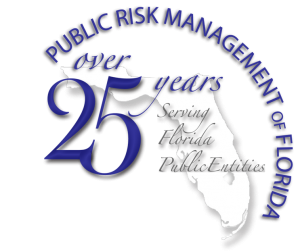
Thursday sessions will provide key information on contractual risk transfer, how to reduce worker’s compensation losses as well as understanding coverage’s and the appraisal process, followed by a presentation from the Group Health Trust in Heron Room A & B. Thursday evening dinner will be a Kentucky Derby dinner. Friday morning will continue with the Property & Casualty Board Meeting followed by the Group Health Trust Board Meeting.
Jan 20, 2014 | Events
Exciting new things are in store for the 2014 Public Risk Management of Florida Educational Conference which is being held at the Hilton Marco Island June 18 – 20, 2014. The Wednesday Registration, Meet & Greet and Reception will all be combined into one event and moved into the Ballrooms from 5:00pm – 8:00pm with light refreshments.
Thursday sessions will provide key information on contractual risk transfer, how to reduce worker’s compensation losses as well as understanding coverage’s and the appraisal process, followed by a presentation from the Group Health Trust in Heron Room A & B. Thursday evening dinner will be a Kentucky Derby dinner. Friday morning will continue with the Property & Casualty Board Meeting followed by the Group Health Trust Board Meeting.




 As we’ve seen with the recent Kilauea volcanic eruption and last year’s catastrophic hurricane season, natural disasters are becoming more frequent and dramatically more powerful. In fact, NOAA recently reported that weather and climate disasters reached an all-time high in damage costs within the United States, exceeding $300 billion in 2017.
As we’ve seen with the recent Kilauea volcanic eruption and last year’s catastrophic hurricane season, natural disasters are becoming more frequent and dramatically more powerful. In fact, NOAA recently reported that weather and climate disasters reached an all-time high in damage costs within the United States, exceeding $300 billion in 2017.
